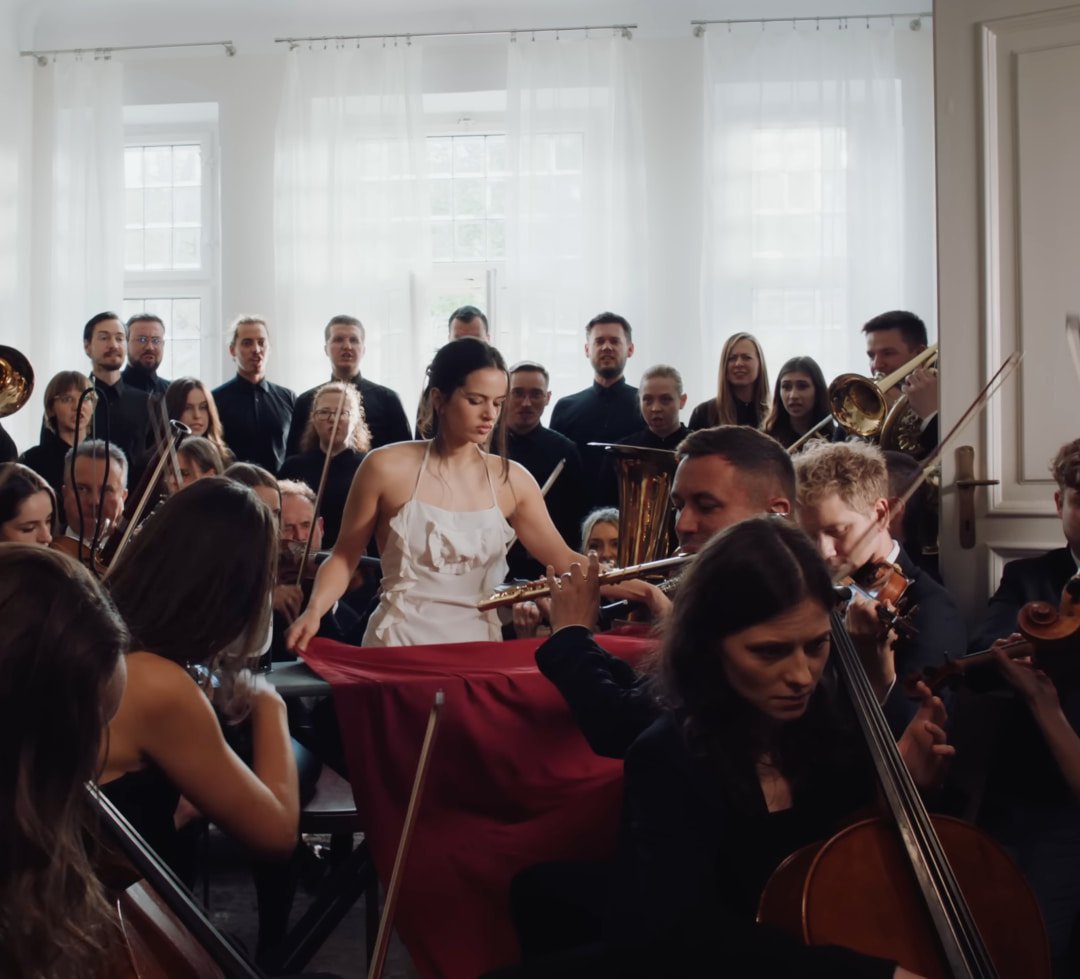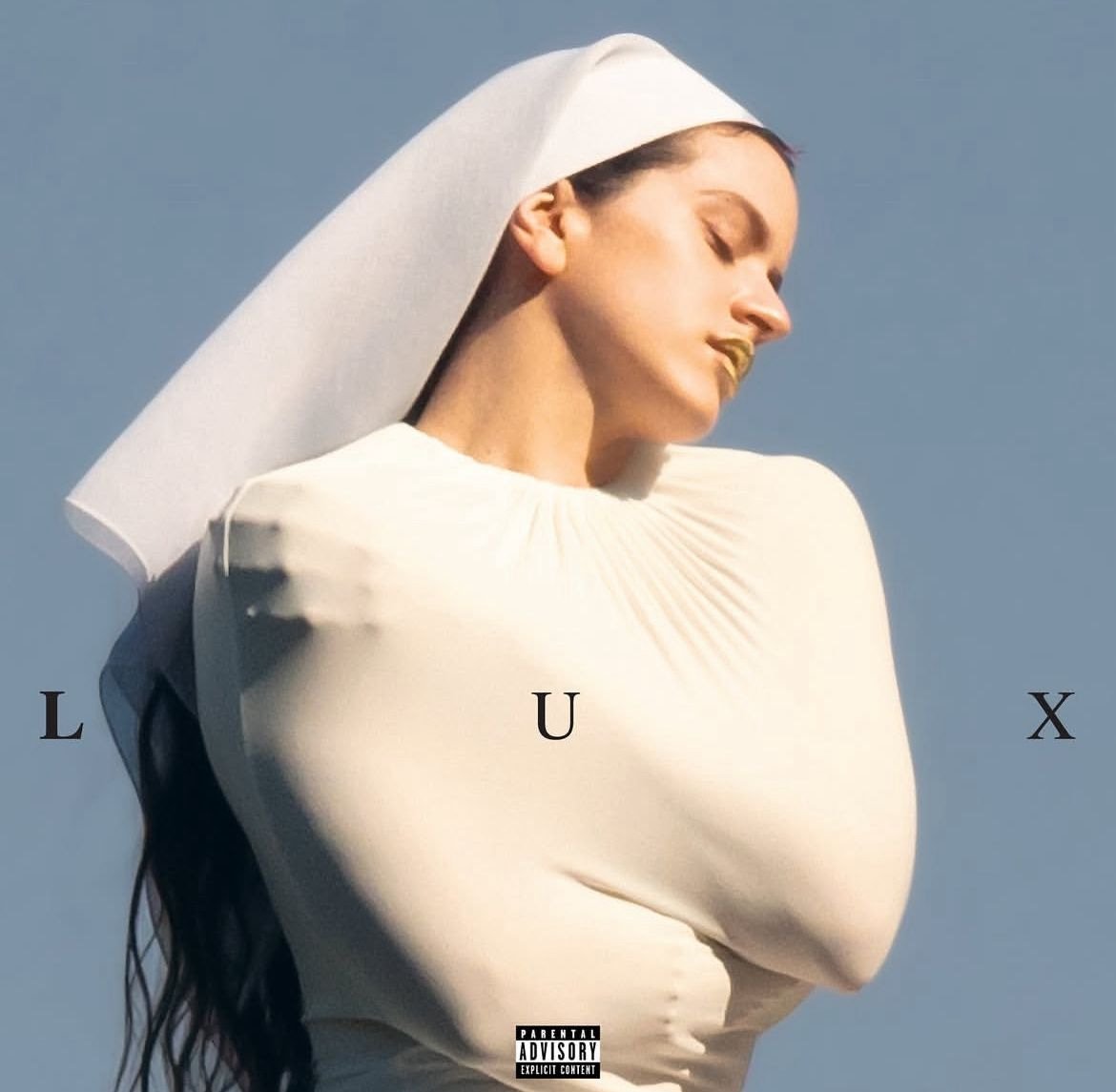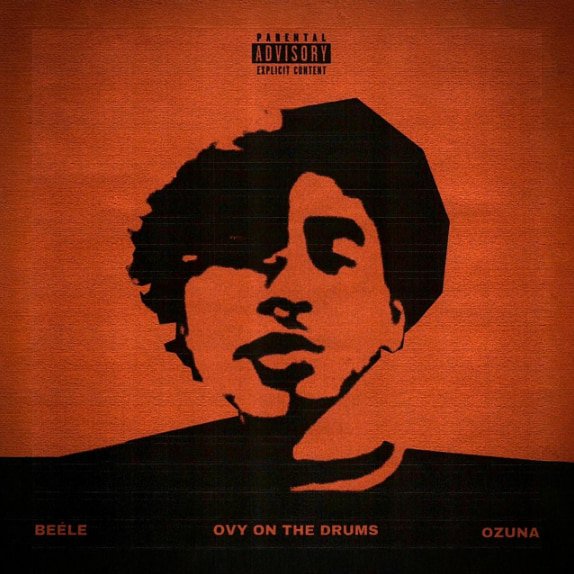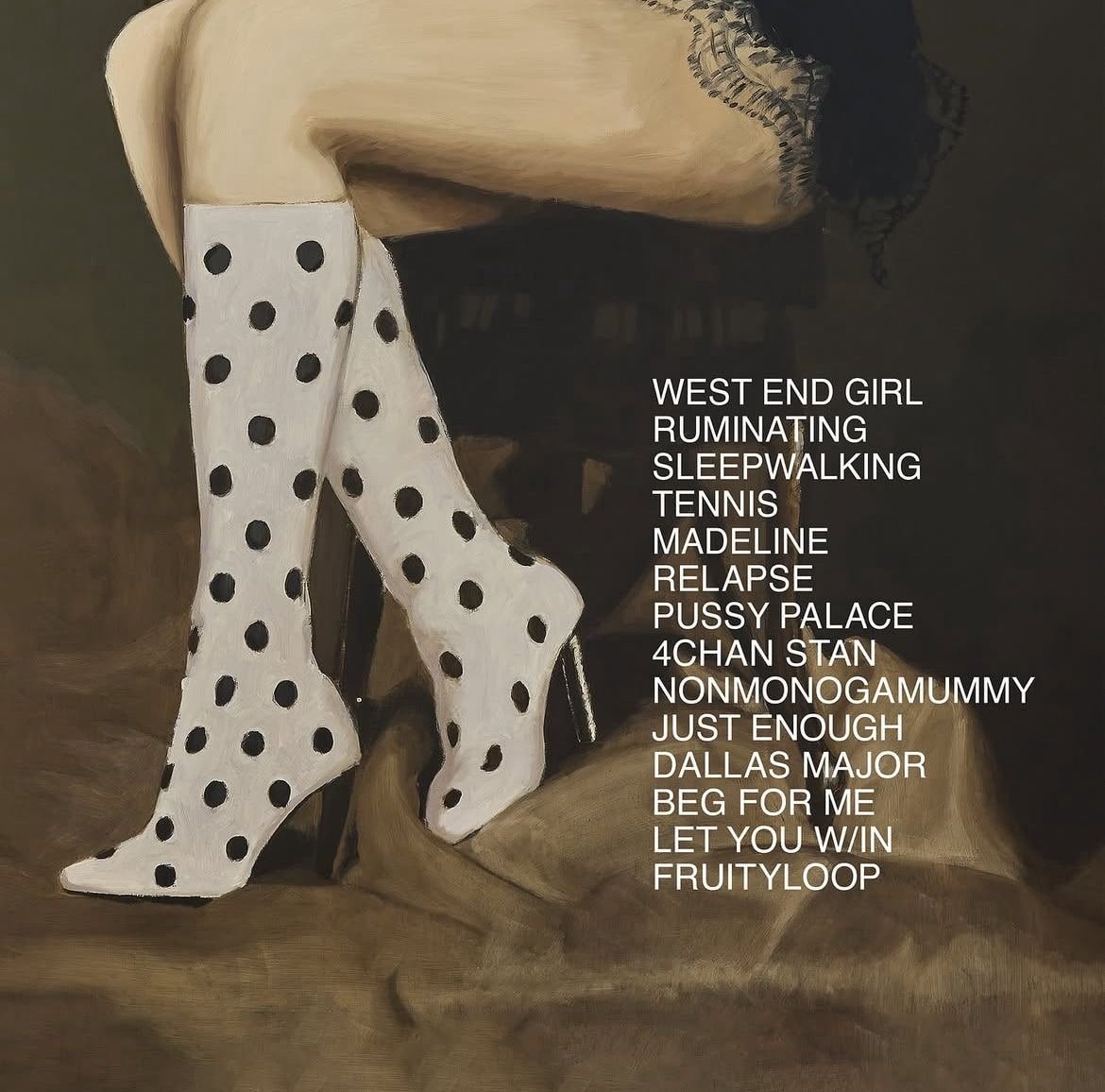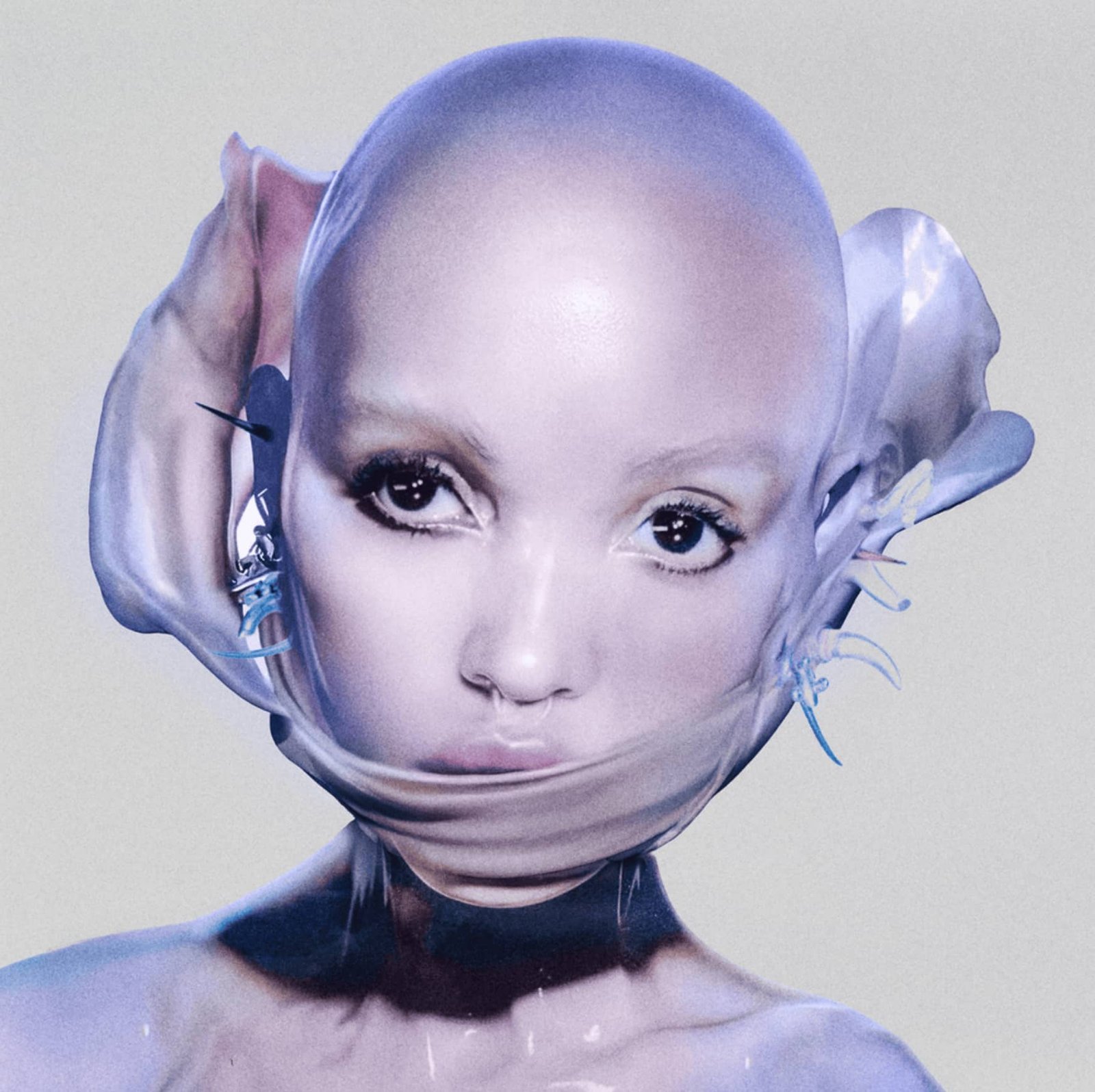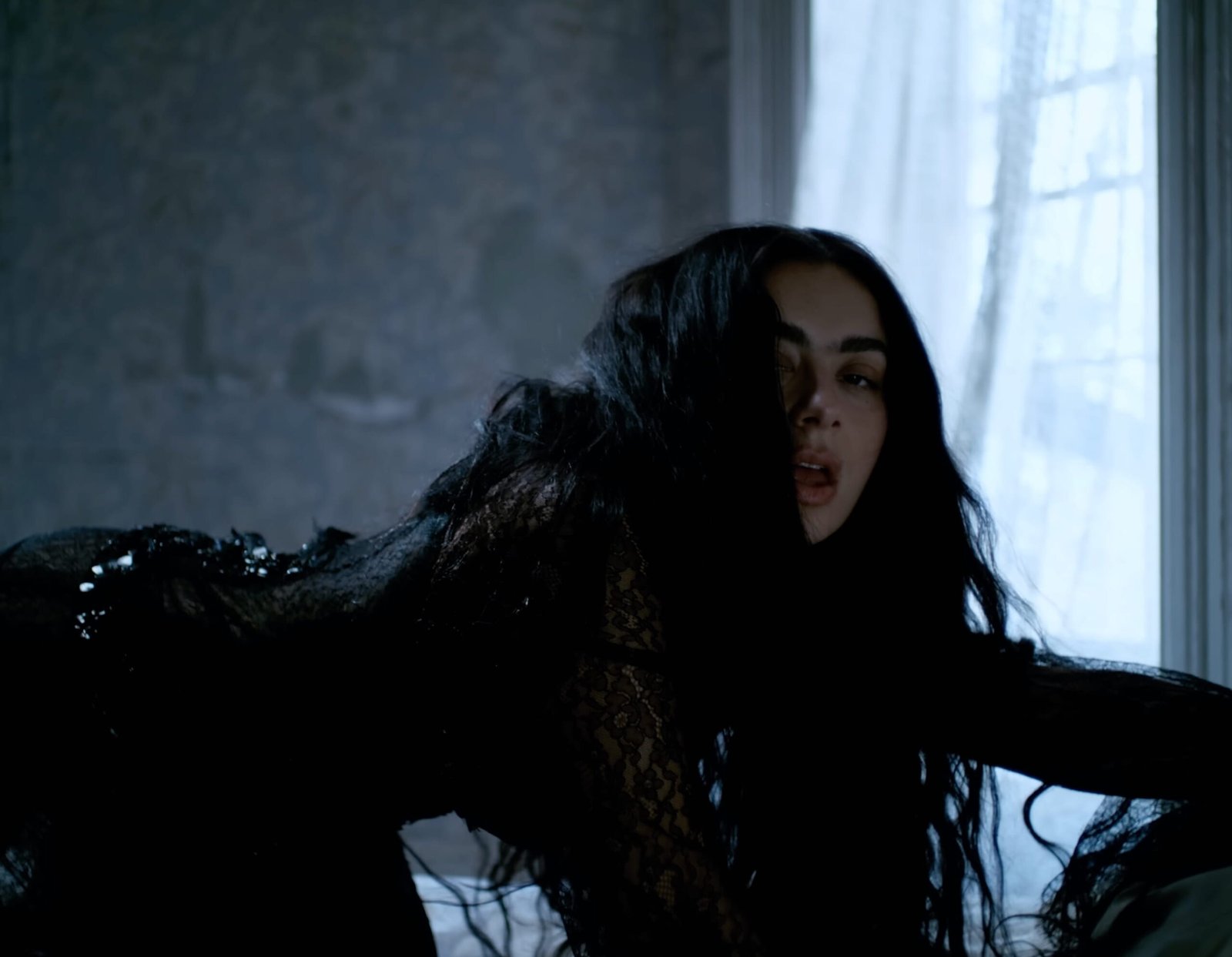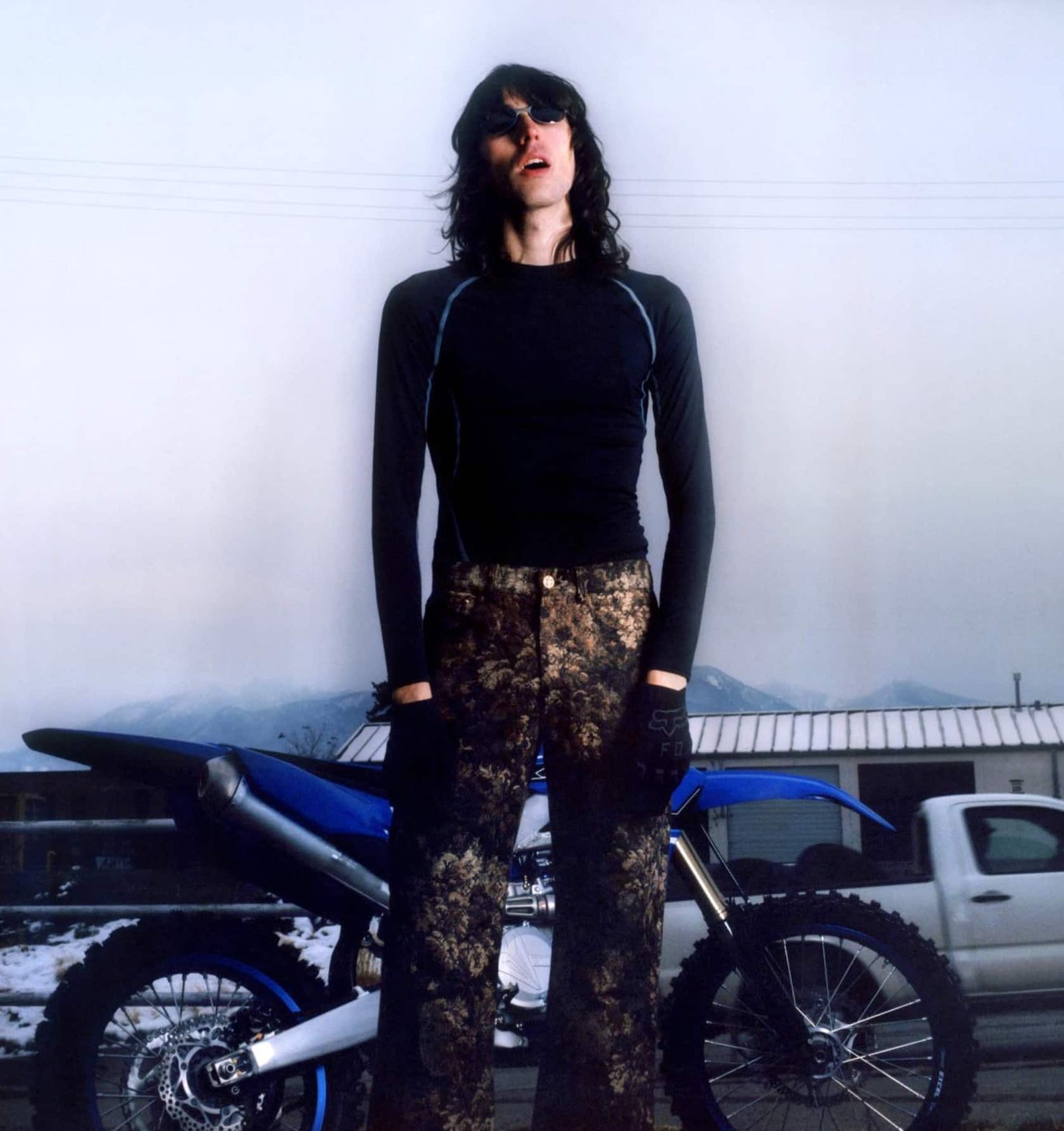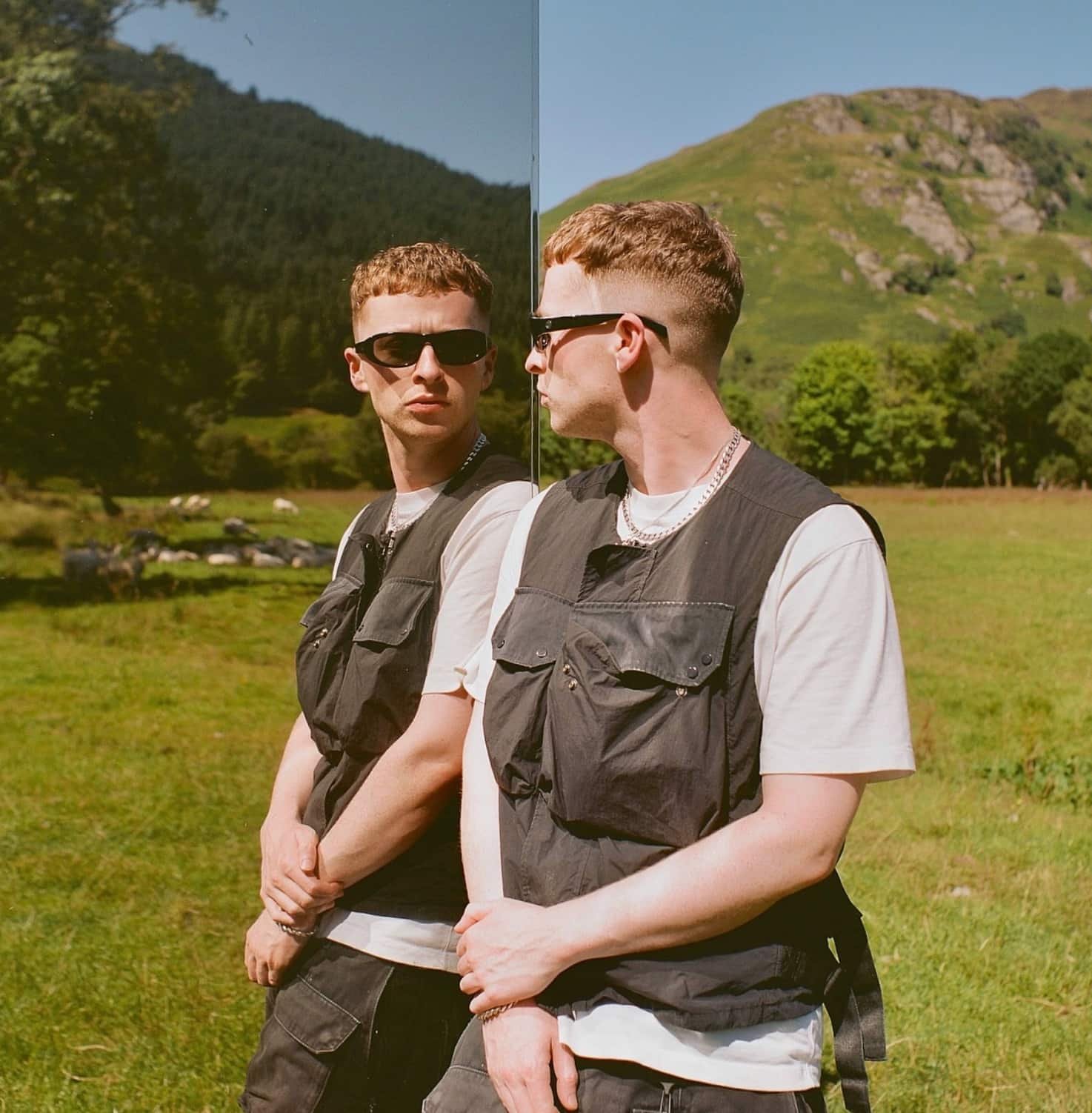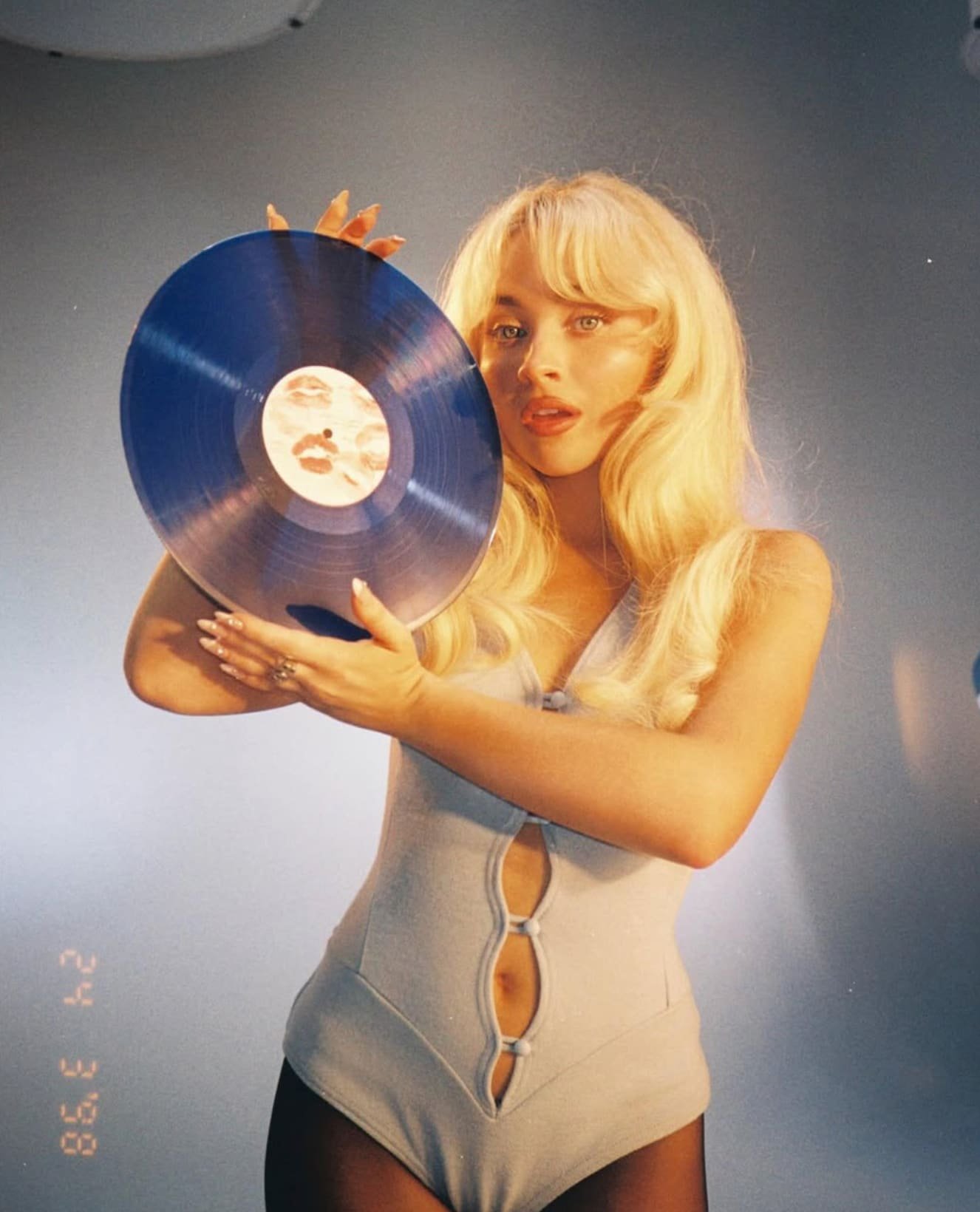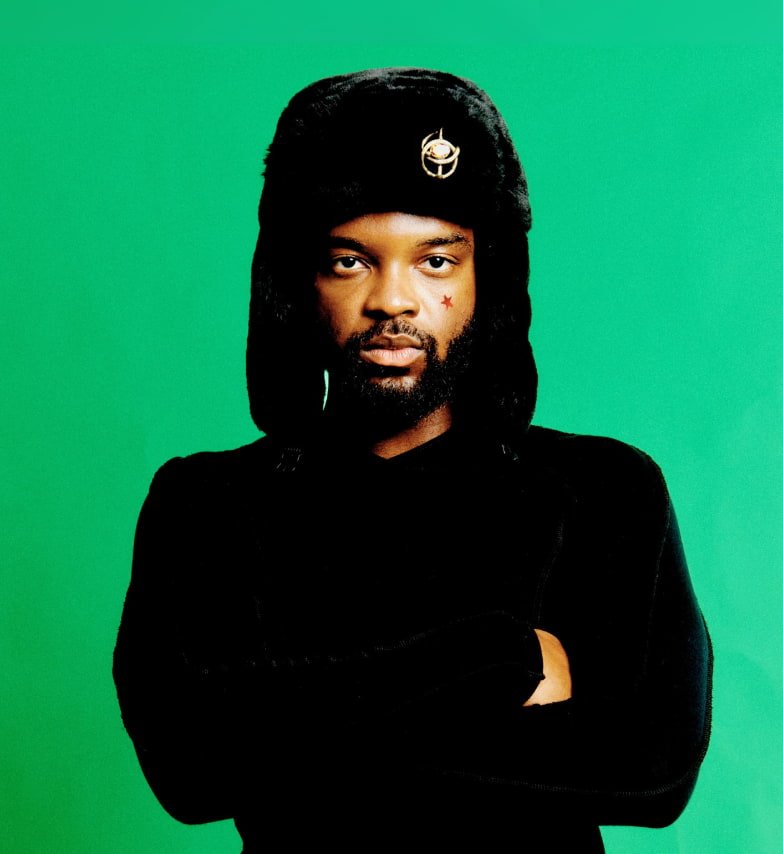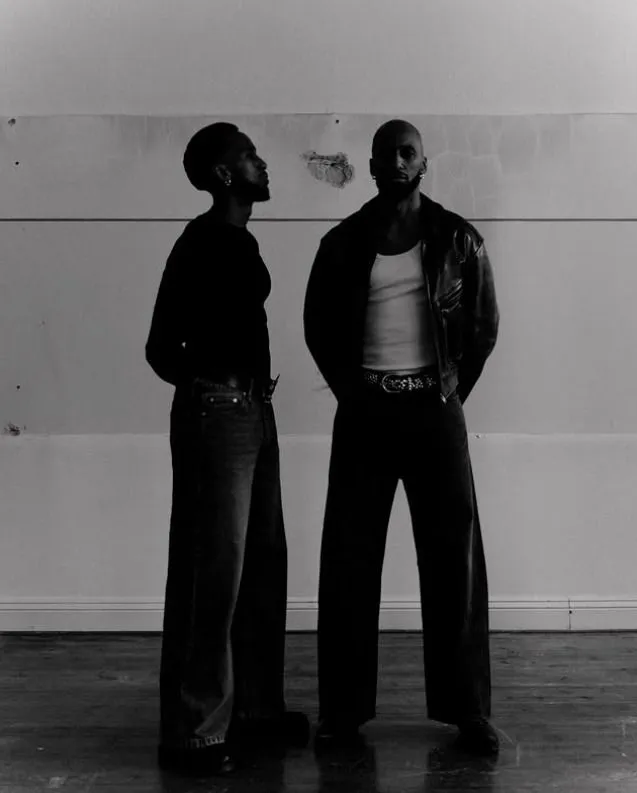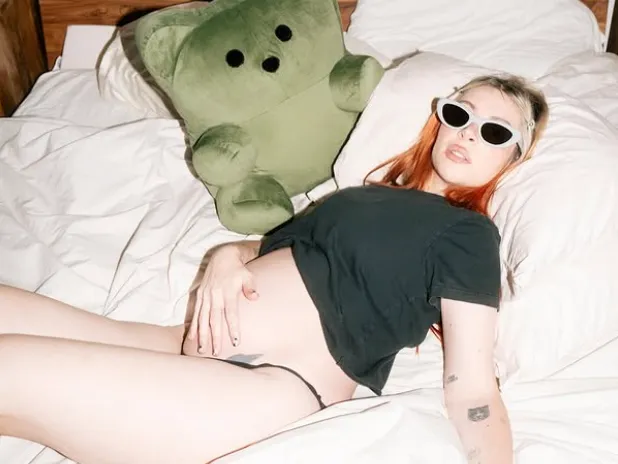Rosalía doesn’t sing anymore — she stages her mind.
Her latest visual piece begins as a luminous nightmare: she’s mopping the floor, tidying something unseen, while an orchestra invades the house like a storm that refuses silence or logic. Every violin is an idea that won’t shut up. Every trumpet, external pressure. Every note, a thought disrupting peace. The home ceases to be refuge; it becomes an acoustic prison, a mental maze, a fairytale collapsing under its own soundtrack.
The scene is domestic yet divine. A modern Snow White trapped in her own castle. But there are no dwarves, no princes — only noise. Rosalía tries to clean the chaos, as if anxiety could be erased with a cloth, as if control were an act of faith. The home — the sacred space of feminine pop imagery — turns into purgatory. And as the orchestra swells, the story fractures: the fairytale is no longer narrative, it’s performance.
Then, a surreal detour — a jewelry shop. There, she tries to repair her heart, literally, not metaphorically. Surrounded by precision tools and glass cases, she attempts to polish emotion, to restore what’s been worn by time. But the heart refuses. It’s too human to be fixed. The gesture — half comic, half tragic — dismantles romanticism. The heart, that emblem of cinematic love, is now a broken motor, a relic of impossible perfection.
Her return home becomes a ritual. A tunnel of musicians awaits — a jungle of instruments, sound turned vegetation. It’s her dark forest, her trial by chaos. Strings tangle like vines, melodies whisper like old ghosts. When she emerges, the landscape shifts. The prison has softened. Her home, once a storm, is now a tranquil clearing.
The red bow of Snow White reappears — not as purity, but as survival. She’s no longer the maiden; she’s the survivor. The camera finds her surrounded by animals, but not as decoration — as consciousness itself. She wakes not with a kiss, but with her own pulse. The myth reprograms itself: the heroine wakes herself up.
And then, an apparition — Björk, transfigured as a robin.
She doesn’t sing; she prophesies.
Her voice arrives like a message from another dimension, a divine guide in feathered form. In Rosalía’s cinematic theology, the bird isn’t just a metaphor — it’s a bridge between myth and art. According to legend, the robin comforted Christ on the cross; here, she comforts an artist consumed by her own mythology. Behind the bathroom window, a cross appears — not as dogma, but as aesthetic wound. Faith, sacrifice and the search for meaning pierce her imagery like rays of light through trees.
The message lands sharp: freedom only exists where no one is watching. But what happens when you’re always being seen? In her inner forest, Rosalía tries to recover that vanished freedom. But the deer cries blood. Freedom, for her, is a mirage. To be observed is to be trapped.
And yet — redemption hums beneath the noise. The orchestra stops haunting her.
The mental noise turns to harmony.
The fairytale stops being a cage.
The house becomes a forest.
The princess becomes the author.
Rosalía burns her own myth and conducts the chaos like a symphony.
She no longer seeks peace — she choreographs it.
Among gothic symbols, religious echoes and pop surrealism, she transforms the domestic into the epic, anxiety into art, and public gaze into self-portraiture.
The ending isn’t an ending — it’s an escape.
From the story. From the mirror. From herself.
And there, in that inner orchestra turned jungle, Rosalía proves that true power isn’t in singing — it’s in listening to the noise and turning it into music.

